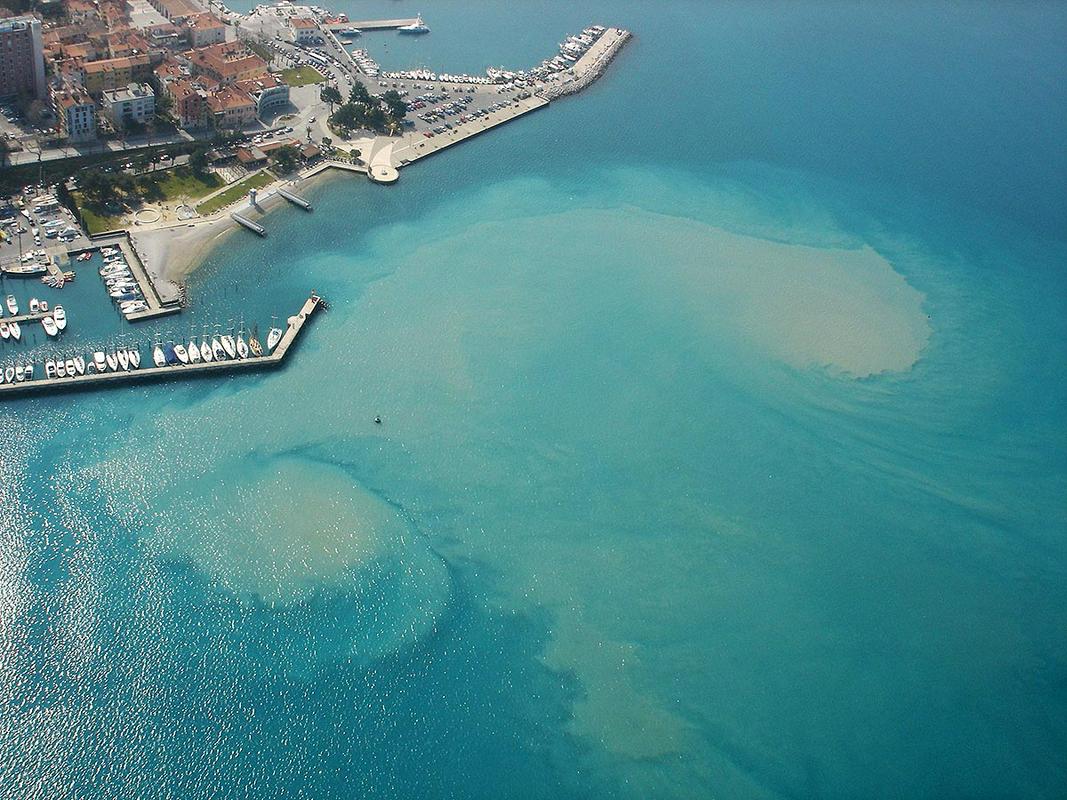
Slovenia’s sea coast is 46,6 km long. That puts Slovenia at third place among Europe’s sea dwarfs. At first glance it is a little aquarium, however it becomes much larger when searching for a castaways between waves, says Benjamin Ličer and Claudio del Giusto from the Coastal Flying Center. In recent years the Portorož-based pilots were most responsible for rescuing three castaways and two surfers from ending up in the depths of the sea. Del Giusto explains that the Portorož airport is most appropriate for rescue activities: "Our airport in the Sečovlje area has the best starting point for such operations in Slovenia. The only problem can be the Bora wind. In those situations pilots have to use all their skills. Otherwise we have good flying conditions along the Adriatic and Slovenian coast. We only have to keep a close eye on any potential storms, which might surprise us during flights."
Benjamin Ličer says that apart from offering help in rescuing human lives their main task is overlooking the Slovenian sea and conducting searches for possible cases of pollution: "When flying over the coastal sea area it is important that we search and find cases of sea pollution. We photograph and document each pollution sighting. At the end of the year we write a report and submit it together with the photographs to the Administration for Civil Protection and Disaster Relief, as well as to the coastal municipalities. Every year we discover from 15 to 30 cases of pollution."

































































